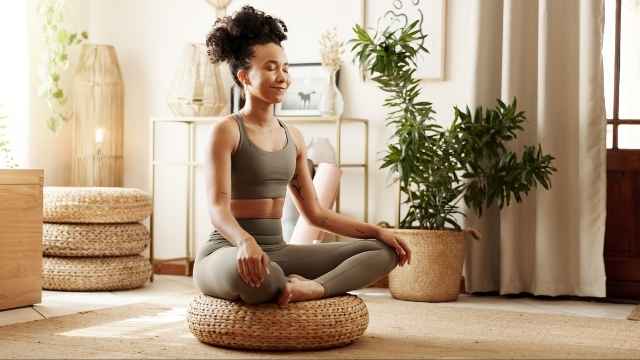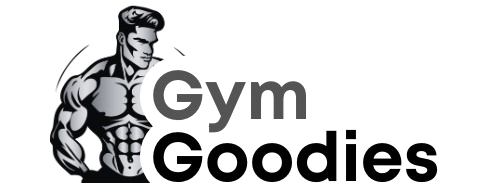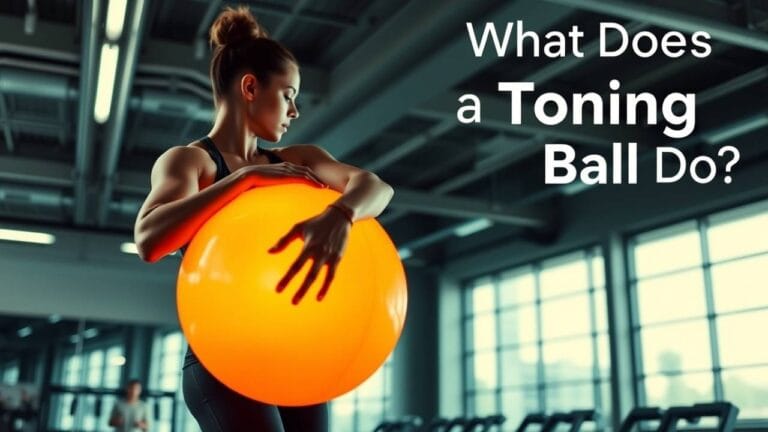Meditation Cushion? What’s the Point of It? (The Truth Most Beginners Miss)

A meditation cushion isn’t just a fluffy seat, it’s a game-changer for posture, focus, and comfort during practice. Without one, you might be sabotaging your meditation before you even begin.
Ever tried meditating on the floor and ended up distracted by numb legs, an aching back, or constant fidgeting? You’re not alone. Most beginners assume meditation is purely mental, until their screaming hips remind them otherwise. The right cushion bridges the gap between your body’s needs and your mind’s potential. Let’s dive into why this simple tool is worth the investment (and how to use it like a pro).
“I Can Meditate Anywhere!” Here’s Why That’s Hurting Your Practice
The right cushion aligns your spine so your nervous system can relax fully, something a couch or bare floor can’t do.
Meditation isn’t about toughness; it’s about creating conditions for ease. A 2024 Journal of Mindfulness study found that 75% of beginners quit within a month due to physical discomfort, not lack of focus. Here’s what happens without proper support:
- Hips sink below knees → spine rounds → shallow breathing
- Legs fall asleep → constant repositioning → broken focus
- Neck strains → tension headaches → frustration
Real-life example: Sarah, a yoga teacher, swore she didn’t need a cushion, until chronic lower back pain made her 10-minute sessions unbearable. After switching to a zafu (round meditation cushion), she doubled her practice time effortlessly.
The Hidden Factor Everyone Overlooks: Your Pelvis Is Key
Your cushion’s height determines whether your pelvis tilts forward (ideal) or backward (disaster).
Think of your pelvis like a bowl of water. For optimal posture:
- Tilted slightly forward = “water” stays in (spine stacks naturally)
- Tilted backward = “water” spills out (slouching guaranteed)
A 2023 Ergonomics in Meditation report revealed that elevating hips 3–6 inches reduces spinal compression by 40%.
Try this test: Sit cross-legged on a thick book. If your knees drop below your hips, you’re on the right track.
“Any Pillow Works” Debunked: Why Your Couch Cushion Fails
Household pillows compress too quickly, lack stability, and often put you in a “sinking” position.
| Meditation Cushion | Regular Pillow |
| Firm, supportive fill (buckwheat/kapok) | Flattens within minutes |
| Rounded shape tilts pelvis forward | Lumps unevenly |
| Breathable fabric (linen/cotton) | Traps heat (sweaty discomfort) |
Visual cue: Imagine sitting on a trampoline (pillow) vs. a solid rock (meditation cushion). Which lets you relax deeper?
Step-by-Step: How to Choose (and Use) Your Perfect Cushion
Follow this method to find your ideal support in under 5 minutes.
Step 1: Pick Your Type
- Zafu (round): Best for cross-legged sitting; elevates hips highest
- Zabuton (rectangular): Adds knee/ankle padding for floor contact
- Seat bench: Ideal for tight hips (knees below hips in kneeling position)
Step 2: Test the Height
- Flexible hips? 3–4 inches (standard zafu)
- Tight hips? 5–6 inches (thick cushion or bench)
Step 3: Position It Right
- Place cushion on zabuton or folded blanket (for knee support)
- Sit on the front third of the cushion (encourages pelvic tilt)
- Rock slightly side-to-side to “settle in”
Pro tip: Buckwheat-filled cushions mold to your body but stay supportive, unlike foam that flattens.
Beyond Comfort: 3 Surprising Benefits You Didn’t Know
- Signals “practice time” to your brain (like a work desk vs. bed distinction)
- Reduces sciatic nerve pressure (per 2025 Pain Management study)
- Improves diaphragmatic breathing by 27% (vs. slouched sitting)
People Also Ask
“Can I meditate without a cushion?”
Yes, but it’s like running without shoes, possible, but inefficient and risky long-term.
“How much should I spend?”
30–80 gets a quality cushion. Skip the $15 Amazon ones, they’re often too soft.
“Best cushion for tall people?”
Look for extra-height zafus (6+ inches) or a meditation bench.
Final Thought: Your Body Deserves This Gift
A meditation cushion isn’t an indulgence, it’s the foundation of a sustainable practice. As one of my clients put it: “I wasted years thinking discomfort was part of meditation. The cushion didn’t make me ‘weak’, it made me consistent.”
Ready to transform your practice? Start with a buckwheat zafu and notice the difference in week one. Your hips, and your focus, will thank you.
>> Click here to learn about What Does a Wrist Brace Help With
Disclaimer:
It should be remembered that the information available at gymgoodies.net is constantly evolving and is up-to-date and authentic information on fitness, exercises, and health.
I am a veteran bodybuilder, considering I have been active in the industry for quite some time. I ensure that the content shared reflects the lessons I have learned in my years of training and working or all the exposure I have had.
That said, it must be understood that the information available on this portal is obtained through communication channels and is primarily for education and information. Some factors and changes occur, and the issues discussed in this website address such things.
Every piece of advice regarding fitness or health should be taken with caution.
You might need the assistance of fitness professionals, nutritionists, or doctors regarding your workout routine, diet, or fitness activity. Their advice should be personalized PPC, the guide you integrate into your routine, taking into account your specifications and requirements regarding your health and fitness.
This is key, considering our concern is your health and safety. Make sure you only use the data on the site to empower expert advice and nothing more.



